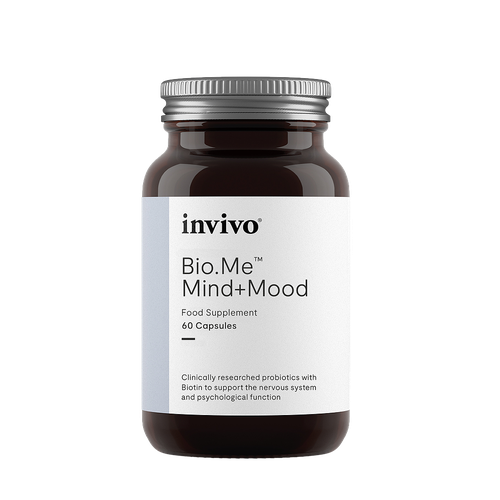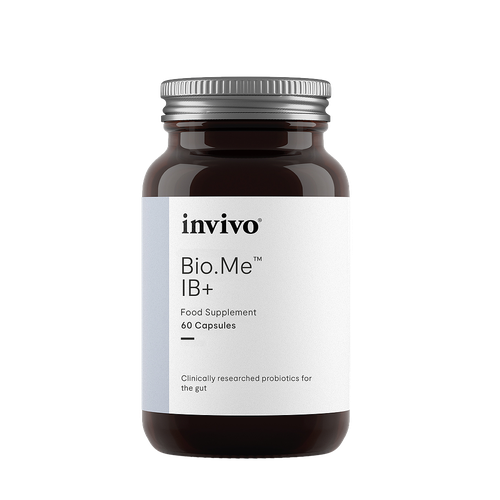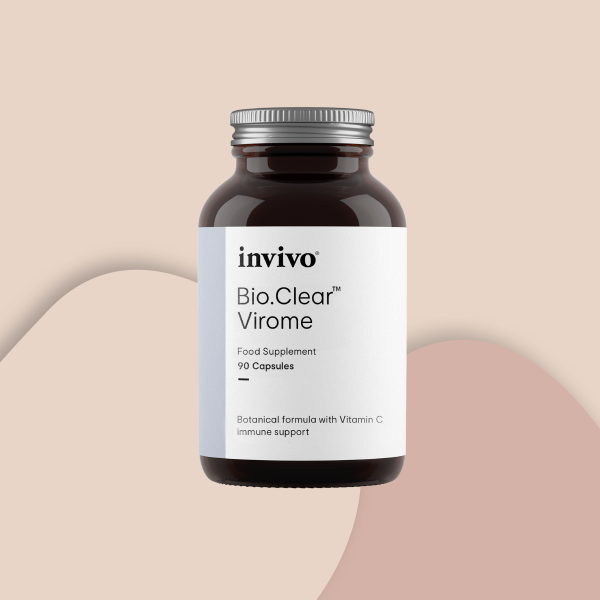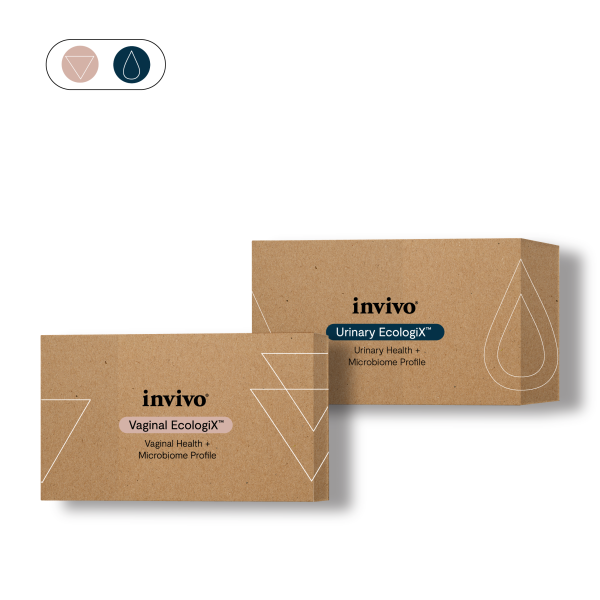An Introduction
The mouth is one of the most heavily colonised parts of our bodies, harbouring an estimated 600+ different bacterial species (4). A balanced oral microbiota protects the mouth from infections and contributes to the maintenance of oral health (5). However, the oral microbiota can easily be disturbed by factors such as poor oral hygiene, dietary habits, smoking, immunodeficiency, and ageing (6,7,8). These disturbances can cause dental carries and periodontal diseases, such as gingivitis and in more severe cases periodontitis (gum disease) (9). Furthermore, an association has been found between the composition of the oral microbiota and systemic disease, such as cardiovascular disease and pregnancy complications (10,11).
Oral diseases start with the growth of dental plaque, a biofilm formed by the accumulation of bacteria and their toxins, together with saliva (9). Current intervention of plaque and oral diseases involve mouthwashes and professional teeth cleaning, and in more advanced cases, antibiotics or surgery (4). However, with ever increasing antibiotic resistance and their unwanted side effects such as antibiotic-associated diarrhoea, there is an increased need for novel therapies that do not involve conventional antimicrobial agents.
Several meta-analyses have found significant effectiveness for the use of probiotics in the management of oral health and gingivitis (12,13). Studies highlight the capacity to inhibit growth of periodontal pathogens and to modulate inflammatory pathways.





